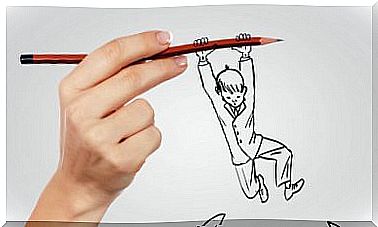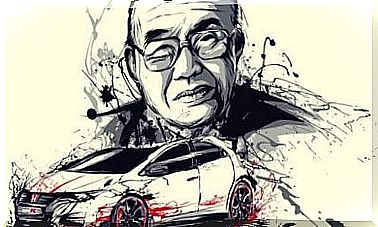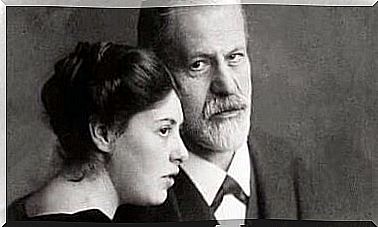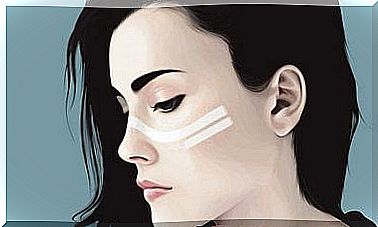Rorscharch Test, A Projective Test
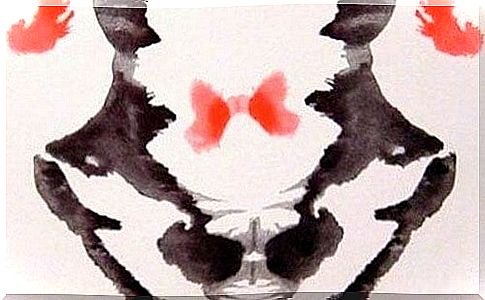
The Rorscharch test is one of the best known psychodiagnostic projective tests. For some it is little more than a pseudoscientific tool. Despite being almost a hundred years old, other experts maintain that this tool is still interesting today for evaluating some thought and personality disorders.
Talking about this instrument means referring almost to a symbol of our culture. It is often seen applied in many films, it has inspired comic films and even And Warhol was fascinated by that set of cards with suggestive and mysterious stains.
Beyond this popularity, few psychological techniques have aroused such interest and sparked such controversy. Pieter Drenth, expert in psychodiagnosis, remembers that the Rorscharch test is still relevant in many of our social contexts . We have to think that it is the second most used forensic test after the MMPI-2 (that is, the Minnesota Multiphasic Minnesota Inventory ).
On the other hand, since 1999 this technique has been modified and analyzed on several occasions. In 2013, for example, an in-depth study was conducted by psychologist Joni Mihura, of the University of Toledo (USA), whose conclusions highlighted really valid strengths in this test.
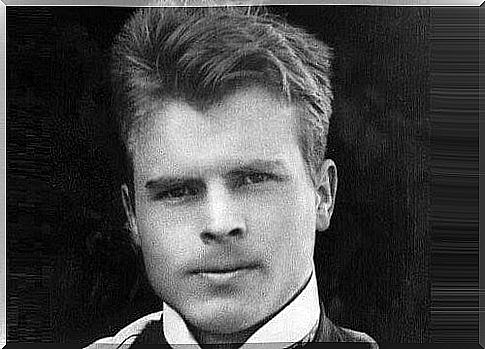
Who is the creator of the Rorscharch test?
Hermann Rorschach was a young Swiss psychologist who came into contact with psychoanalysis in the university hospital of Zurich, directed by Eugen Bleuler. His father was a painter, always in close contact with the world of art and with the way in which, according to him, this tool could also be useful to investigate the human psyche.
So, after getting to know the psychiatrist Szymon Hens in 1917 and after discovering his work on how some splashes of color could be used to explore personality, Rorschach distanced himself from this theory to develop another revolutionary technique for the world. of the clinic.
He gave it the name of Psychodiagnostik ( Psychodiagnostics ), a procedure based on sheets with drawings in which the diversity of perceived figures favored the activation of the unconscious processes in which to explore above all the pathological personality. Rorscharch was primarily looking for a test with which he could detect schizophrenia.
Well, we must say that Hermann Rorscharch just had time to develop this technique, and did not have time to see the effects of his test. He would die 9 months after presenting his fascinating diagnostic tool.
What does the Rorscharch test consist of?
There are a number of things we need to know about the Rorscharch test. First of all, despite being a test devised nearly 100 years ago, it is still in use. In fact it has been adapted and transformed several times.
In the 1960s, for example, psychologist John Exner designed a rigorous methodology with which to standardize the test and its results. Today the Rorscharch test therefore has specific characteristics.

Description
The Rorschach test consists of 10 images that represent spots of color. Some are in black and white, some in white and gray, and some in color.
- It must be administered by a psychologist or psychiatrist experienced in this test.
- The experienced practitioner shows the patient the cards, one after the other. The person being tested is asked to describe what they see.
- She gives her time to pick up the card and look at it from the angle and position she prefers.
- Furthermore, she is free to make the interpretation she prefers. It will be explained that there are no right or wrong answers, it is a question of expressing in words what the images suggest, in absolute freedom.
- The person may claim to see one object, multiple objects, or even absolutely nothing.
- Furthermore, once the subject has expressed his or her interpretation, the practitioner can and should ask further questions. The goal is to try to go into more detail of those interpretations expressed by the person interviewed.
Interpretation of the Rorscharch test
Recall that Hermann Rorscharch devised this test to detect the presence of schizophrenia. Well, starting from 1939 the purpose changed to become what it still is: a projective personality test, a psychological test with which to analyze emotions, motivations and specific thoughts.
There is therefore an aspect on which we must clarify: beyond what we see in those splashes of color, what matters is the evaluation developed by the psychologist and the psychiatrist.
It will not only be analyzed what has been seen. The reactions, the way of expressing oneself, of responding, of making references will be observed. In short, it is a complex set of stimuli and factors that the specialized professional must analyze.
The shapes
- Forms of butterflies, moths and human figures are usually presented.
- The third card simulates two human figures intertwining. In this case the person could express descriptions such as “people who love each other”, “people who hate each other” .. It all depends on his personal approach.
- There are cards in which the spots are red. In these cases, repressed anger, fear, etc. are usually manifested.
Factors adjacent to the administration of the test
Professionals must observe and analyze, as we said, various factors that accompany the administration of this test. Are the following:
- Response times.
- Comments not associated with the test.
- Originality or otherwise of the answers given.
- Behaviors, attitude, disposition.
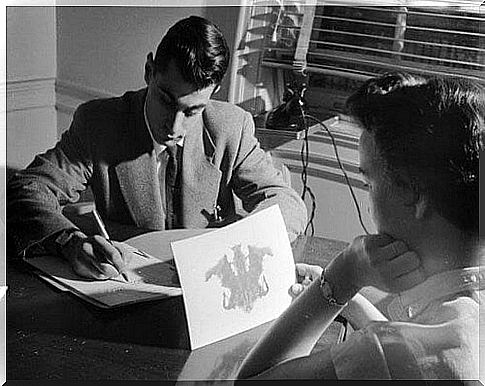
Validity of the Rorscharch test?
The study conducted by Dr. Joni Mihura, quoted at the beginning of the article, confirms an important aspect: the Rorscharch test is not valid for diagnosing personality disorders.
In addition to this, a suspension was imposed on the clinical community regarding the diagnostic technique in 1999: professionals were advised not to apply it until further comprehensive data had been collected.
To date, the test has proved effective only with regard to an aspect that we could define as its strong point: giving an assessment of psychosis. Beyond this aspect, it is often considered a “relic” of psychology.
Now, to conclude, we need to point out only one aspect. It is nothing more than a further projective test. As a result, while not a perfect tool, it can be used in conjunction with others to gather useful patient information.

